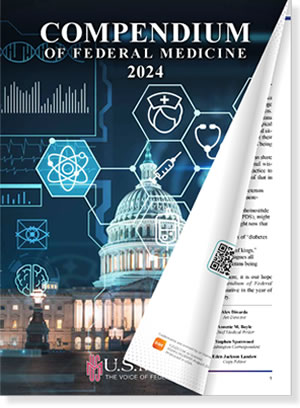HOUSTON — Mailed outreach significantly increased screening vs. visit-based screening in patients with cirrhosis who are at high risk for hepatocellular carcinoma (HCC).
Few undergo guideline-recommended semi-annual screening, and the costs and cost-effectiveness of an outreach strategy vs. usual care were unknown.
Using a cohort of 10,000 patients with cirrhosis, researchers from the Michael E. DeBakey VAMC and Baylor College of Medicine, both in Houston, and the University of Texas Southwestern Medical Center in Dallas built a 10-year Markov chain Monte Carlo microsimulation model to conduct a cost-effectiveness analysis comparing a mailed outreach program vs. usual care for HCC screening.
For the study reported in EClinicalMedicine, model inputs were based on literature review (2005-current), and costs were based on inflation-adjusted estimates from Surveillance, Epidemiology, and End Results (SEER)-Medicare claims data. The study team conducted one-way sensitivity analyses for HCC incidence, outreach costs, efficacy of the outreach strategy to increase screening and efficacy of curative (vs. palliative) HCC treatments.1
Their results indicated that mailed outreach was estimated to cost $32.45 per patient in the first year and $21.90 per patient in subsequent years. “The outreach program increased the number of HCC patients detected at an early stage by 48.4% and increased quality-adjusted life years (QALYs) by 300,” the authors wrote. “Cost savings from these increases offset the costs of mailed outreach.”
They added that mailed outreach remained cost-effective across an extensive range of HCC incidence rates, outreach costs, efficacy of the outreach strategy to increase screening, as well as the efficacy of curative HCC treatments. Furthermore, the study advised that annual out-of-pocket patient costs in the outreach arm were low at $13 per year.
Background information in the study pointed out that HCC is one of the few cancers with a rising mortality rate in the United States and Europe. “Tumor burden at diagnosis is one of the strongest drivers of treatment eligibility and prognosis,” the researchers stated. “Although overall 5-year survival remains below 20%, curative treatment options for patients detected at an early stage afford 5-year survival exceeding 70%.”
Clinical guidelines recommend semi-annual HCC screening using abdominal ultrasound with or without alpha-fetoprotein (AFP) in high-risk individuals, including those with non-cirrhotic hepatitis B infection or cirrhosis from any ethology. The authors added that HCC screening appears to have a favorable risk-benefit ratio with relatively infrequent physical, psychological or financial harms and most harms being mild in severity.
Yet, they advised, a gap exists between HCC screening efficacy in well-controlled settings and effectiveness in clinical practice related to differences in test performance and utilization, explaining, “Abdominal ultrasound has impaired visualization and lower sensitivity in obese patients and those with non-viral liver disease—both of which are increasingly common populations undergoing screening. Further, HCC screening is underused in practice, with only 1 in 4 at-risk individuals undergoing screening, due to a combination of patient- and provider-reported barriers.”
Because more than 50% of patients with HCC receive little to no outpatient medical care in the year before their diagnosis, strategies such as mailed outreach interventions have been suggested.
- Gurley T, Hernaez R, Cerda V, Thomas T, Narasimman M, Mittal S, Al-Hasan M, Daher D, Singal AG. Cost-effectiveness of an outreach program for HCC screening in patients with cirrhosis: a microsimulation modeling study. EClinicalMedicine. 2025 Feb 17;81:103113. doi: 10.1016/j.eclinm.2025.103113. PMID: 40040860; PMCID: PMC11876903.

